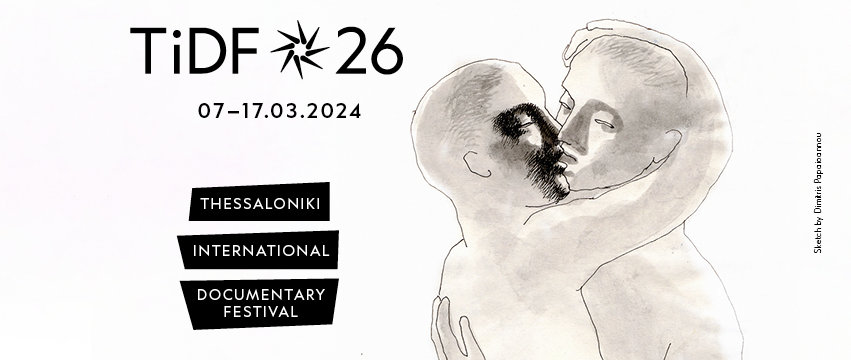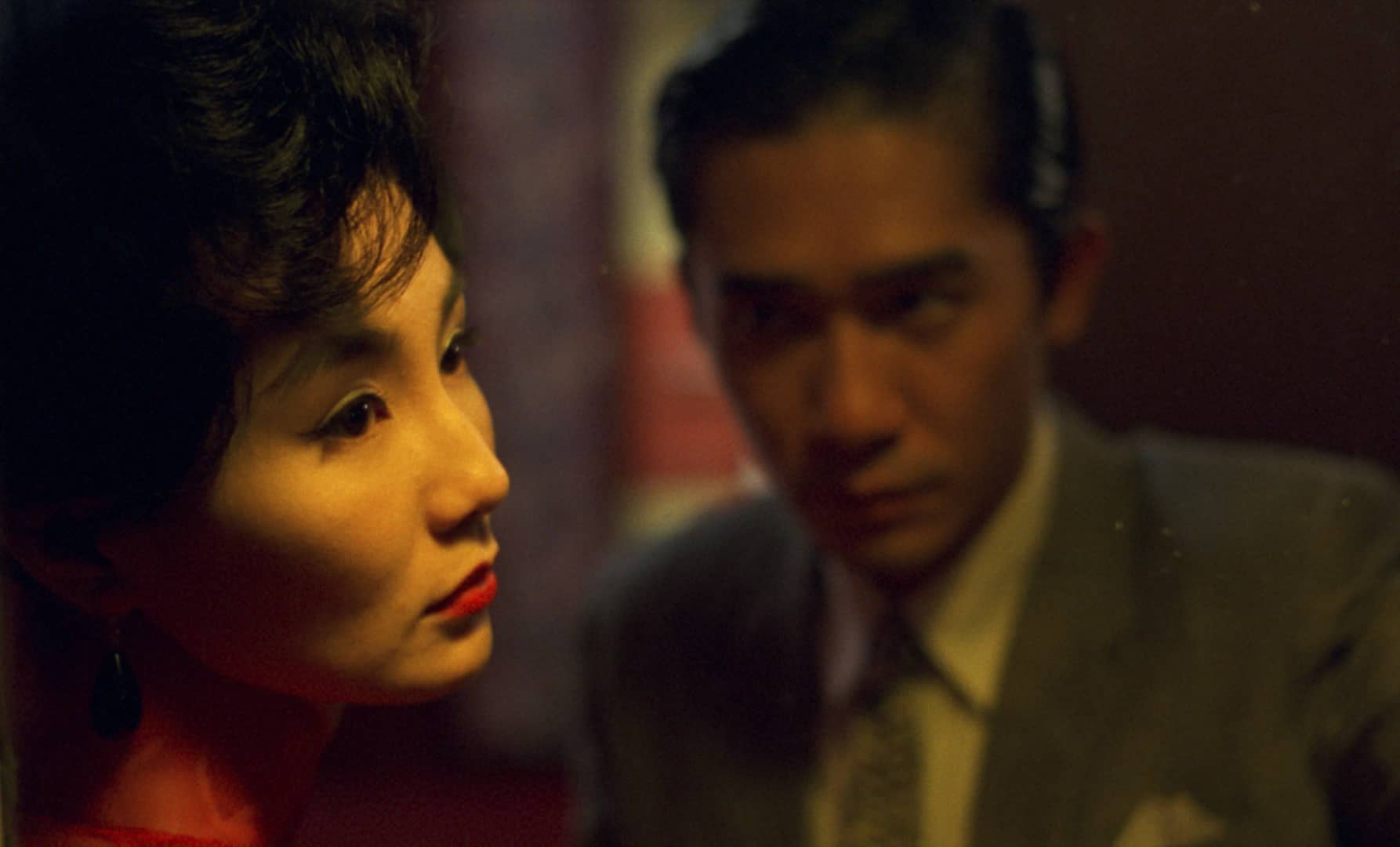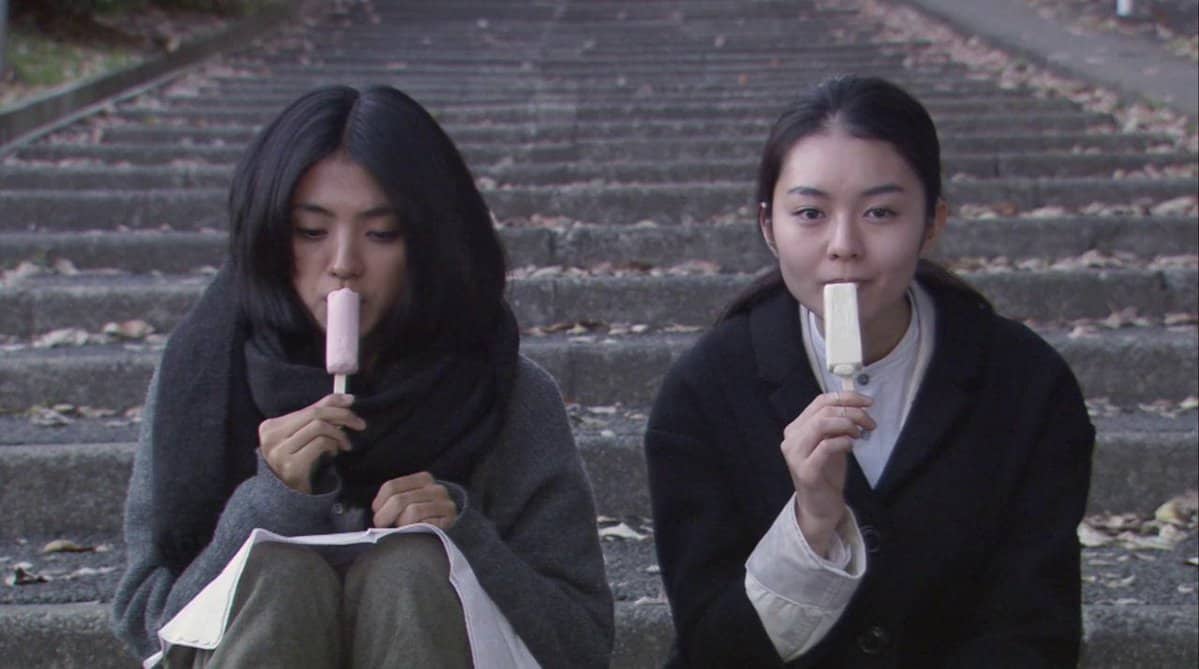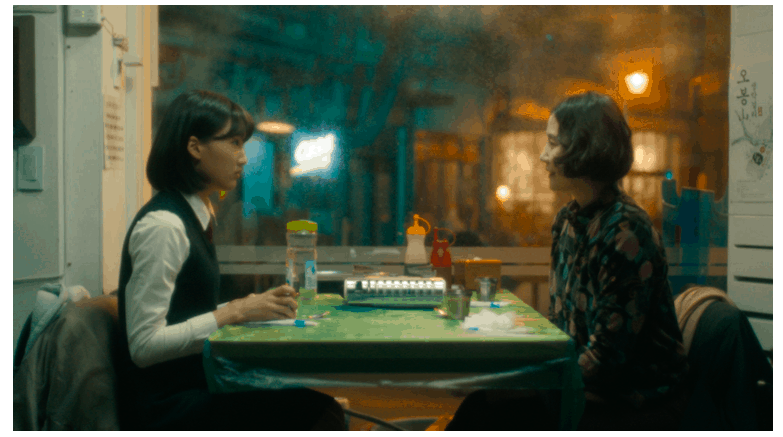The enigma that was Pol Pot still remains to this day, with parts of his true story being relatively unknown even Cambodians, in a sense of mystery that was actually cultivated by him during his regime. One of the lesser known facts, which Pot himself kept hidden, was that he grew up in the royal court, as his older brother was a low-level official there, with Chea Samy, one of the greatest artists of Cambodia's ritualistic dance tradition, functioning as his foster mother, and also the one who introduced him to the concept of the particular type of dancing.
Pol Pot Dancing is screening at Thessaloniki Documentary Festival

In that fashion, Enrique Sanchez Lansch's film unfolds under three main narratives. The first one is the life of Chea Samy, before, during and after the regime, the second the particular dancing, connected to both the aforementioned and her student, Sophiline Cheam, now a successful choreographer, and the third the story of Pol Pot and particularly the disastrous years of his ruling. The way the three axes are connected is quite intriguing. Chea Samy was the foster mother of Pol Pot, whose crusade against intellectuals and artists almost eradicated the particular style of dancing, which was actually only orally passed on. Chea Samy survived, however, even if barely, and started teaching it once more after her foster son was gone, ending up teaching Cheam, who is carrying the torch nowadays. Her choreographies, in their turn, incorporate events from Cambodia's past, including Pot, thus connecting herself and the dance with him.
The historical and political aspect of the documentary is truly captivating to watch in its various forms. People's testimonies, from both cities and the rural areas, footage from the past including interviews with Pol Pot, the stories Chea Samy shares, all create a portrait of terror. The forced relocation of the urban population to the countryside, where they were forced to work on collective farms, the abolishing of money which led to mass hunger, and the forced pairing of men and women which still torments the country are all mentioned here in all their appalling glory. The terrifying stats, which mention that around 25% of the population died, either due to hunger and other ailments, or simply murdered as political adversaries, conclude this shocking portrait of genocide.
However, and although connected through the personal history of Pol Pot and the theme of Cheam's choreographies, the dancing parts seem somewhat disconnected from the rest of the narrative, occasionally appearing forced, or maybe an effort at a relief from all the aforementioned. Undoubtedly, these are some of the most visually beautiful moments of the movie in this axis, particularly the dancing in the various ruins which DP Marcus Winterbauer has captured in the most impressive fashion. The fact remains, though, that frequently this part seems as to simply draw attention from the main theme unnecessarily, prolonging the documentary to a difficult to follow 102 minutes, or that maybe Lansch was not exactly sure where his doc wanted to go, choosing to compromise instead.
Furthermore, some of the aspects of the story, and particularly Pol Pot's past in the palace is not as unknown nowadays as the documentary implies, with the books about his regime and films like “The Missing Picture”, “Funan” and “The Last Reel” being much better in the portrayal of what was happening during his regime.
On the other hand, the dancing part allowed Lansch to reveal the captivating story of Chea Samy, in a rather thorough portrait that showcases a woman who seemed to be as interesting as she is appealing.
As such, “Pol Pot Dancing” emerges as a mixed bag, with the dancing part addressing more art (film) fans and the rest history buffs, with the latter being more contextually interesting and the former more visually impressive.
















